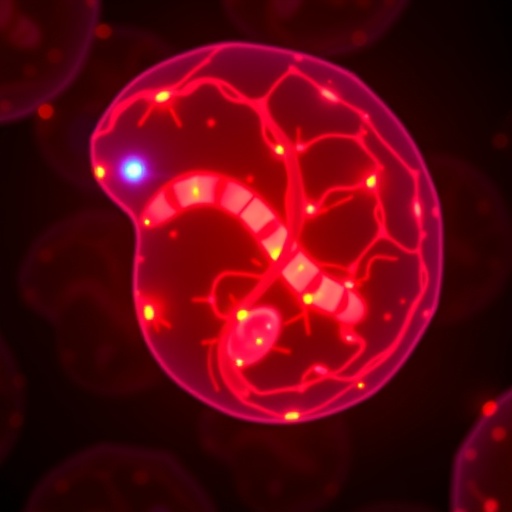Dr Constantino Carlos Reyes-Aldasoro and Dr Cefa Karabag collaborate with the Francis Crick Institute on a novel approach published in the PLoS ONE journal, which significantly reduces the amount of time taken to analyse the cell line

Credit: p.d
Dr Cefa Karabag and Dr Constantino Carlos Reyes-Aldasoro have collaborated with the Francis Crick Institute in preparing and analysing HeLa cells as part of a research project, documented in the October edition of the PLoS ONE journal: Semantic segmentation of HeLa cells: An objective comparison between one traditional algorithm and four deep-learning architectures.
The HeLa cell line was developed in the 1950s from a particularly aggressive strain of cervical cancer cells taken during a routine biopsy from a 30-year-old African-American mother of five named Henrietta Lacks.
She was treated for the disease by Dr George Gey in the segregated, coloured ward, of The Johns Hopkins Hospital in Baltimore, USA.
The City/Francis Crick Institute team prepared and observed the HeLa cell line using Electron Microscopy (EM), which can acquire tens of thousands of data sets that can easily exceed several gigabytes of data per month.
Part of the team’s research requires the identification of the nuclei of these cells, which is a complicated task that can take an expert around a week to accomplish.
Dr Cefa Karabag and Dr Constantino Carlos Reyes-Aldasoro developed a computational approach that solves this task in minutes, and with minimal effort, using an algorithm. It consists of several steps of processing in which features are highlighted and used to ultimately identify the nucleus of the cell and the membrane surrounding it.
The main contributions of the team’s work can be summarised as follows:
- The objective comparison of five semantic segmentation strategies – one traditional image processing and four deep learning.
- These strategies were compared through the semantic segmentation of the nucleus, nuclear envelope, cell and background of three hundred slices of a HeLa cell observed with electron microscopy.
- The open source code for all the segmentation strategies, has been made available through GitHub. All the programming was performed in Matlab® (The Mathworks™, Natick, USA).
- The four-class ground truth for 300 slices has been created and made available through Zenodo. The EM data is available through EMPIAR.
###
Media Contact
John Stevenson
[email protected]
Related Journal Article
http://dx.




